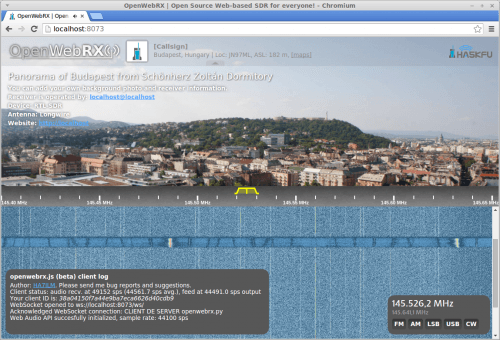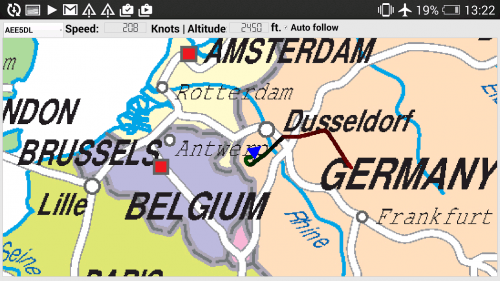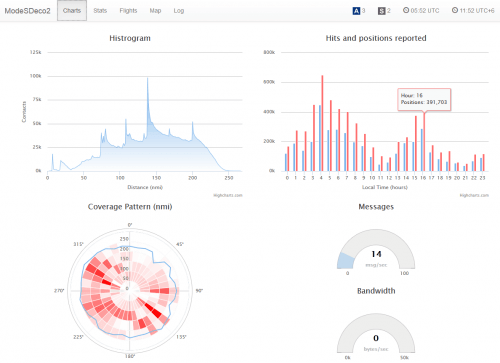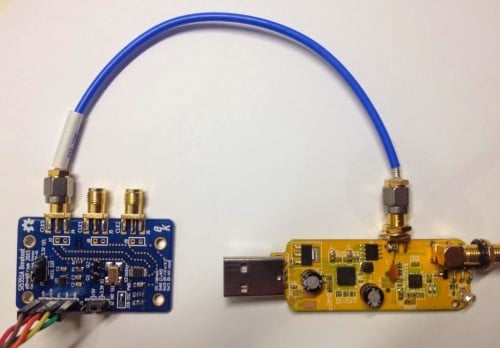Reverse Engineering a Radio Weather Station with an RTL-SDR
On his blog Josef Gajdysek has posted about his experience with using an RTL-SDR to reverse engineer the radio protocol used by his home weather station. Josef’s weather station is an ISM band device and transmits at 433 MHz. First he opened up GQRX and tuned to his weather station’s transmit frequency of 433.6 MHz and recorded some audio in AM mode. Josef initially assumed that the device would use on-off-keying (OOK) to encode the data. However, when he opened the sound file in Audacity and looked at it’s waveform he found that the weather station instead used Differential Pulse Position Modulation. In this modulation scheme the distance between pulses determines whether or not the binary bit is high or low.

To decode this Josef then wrote a python script to measure the distance between pulses and thus convert the pulses into a binary string. Then by decoding and analyzing the captured packets he was able to isolate the checksum, temperature, channel, and status flags. Knowing all this information finally allowed him to create a real time decoder that uses rtl_fm. The python script can be downloaded from his post.





